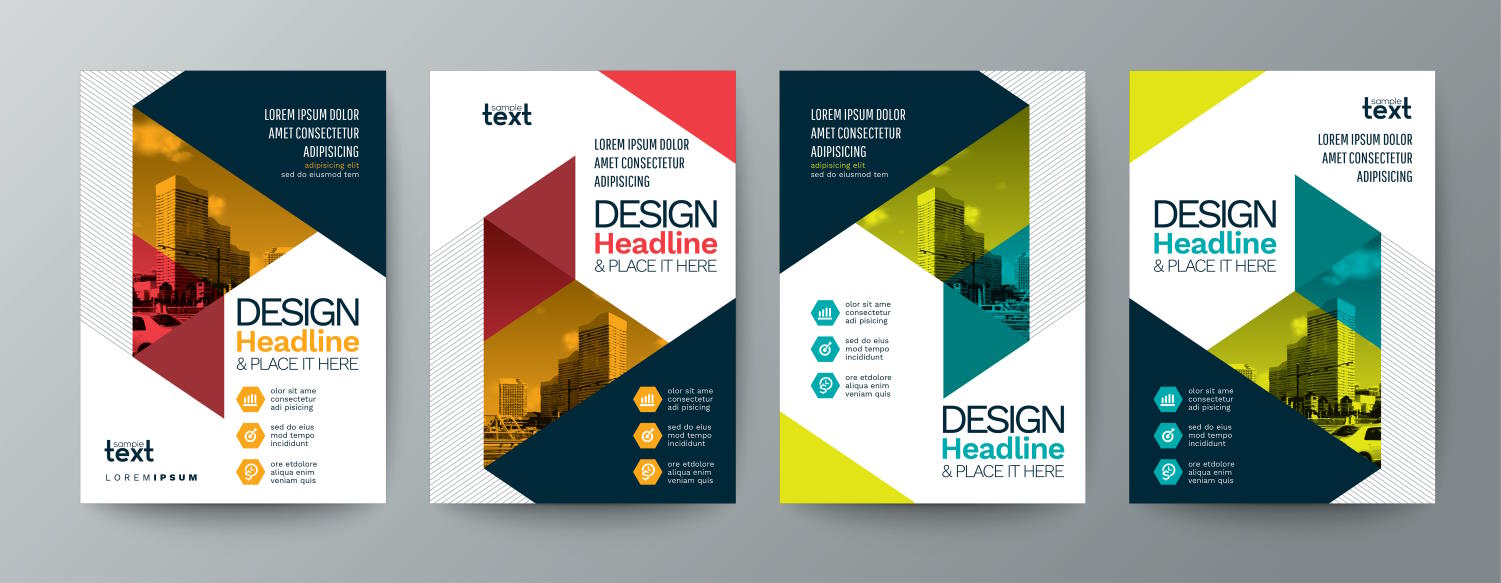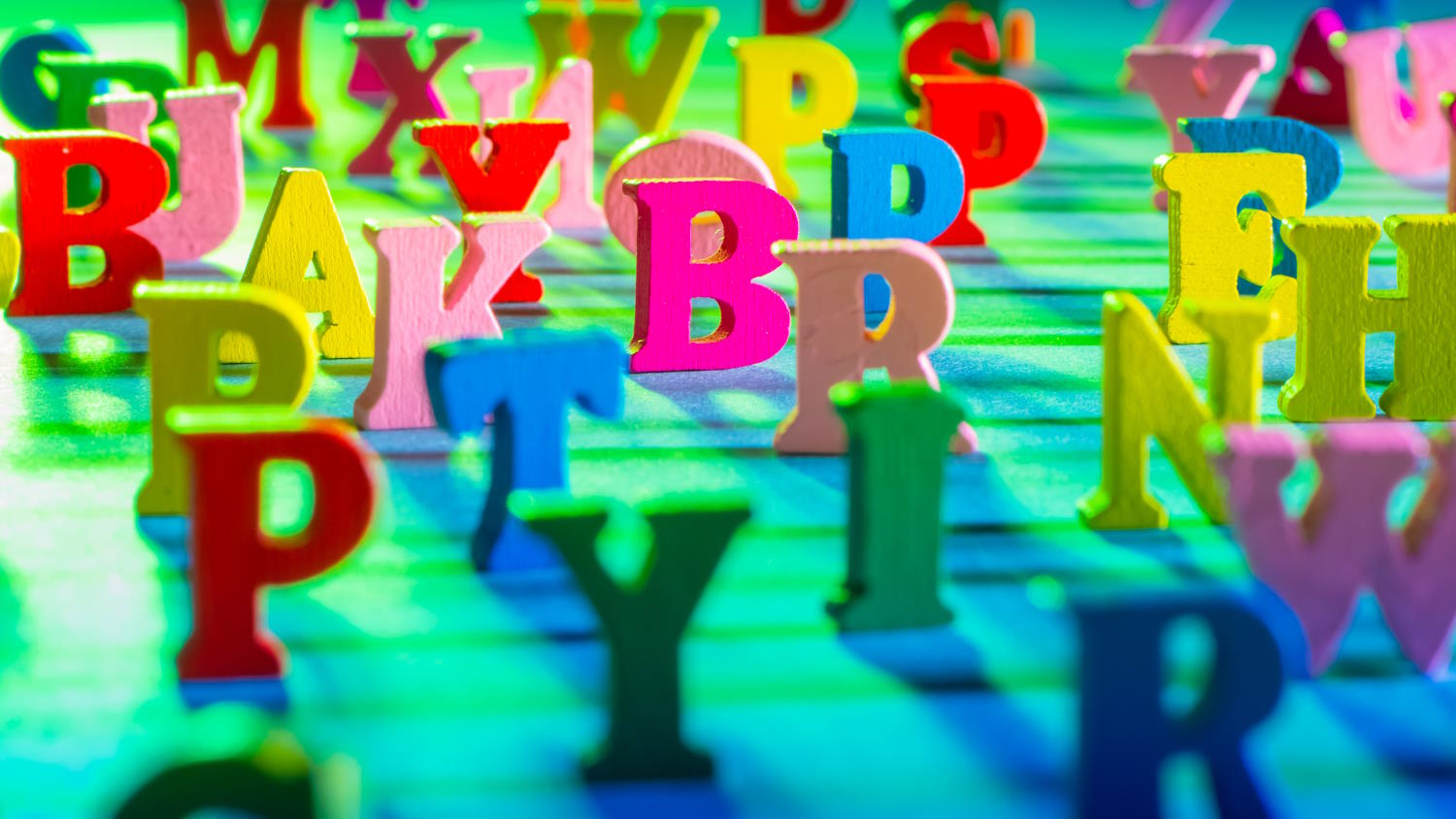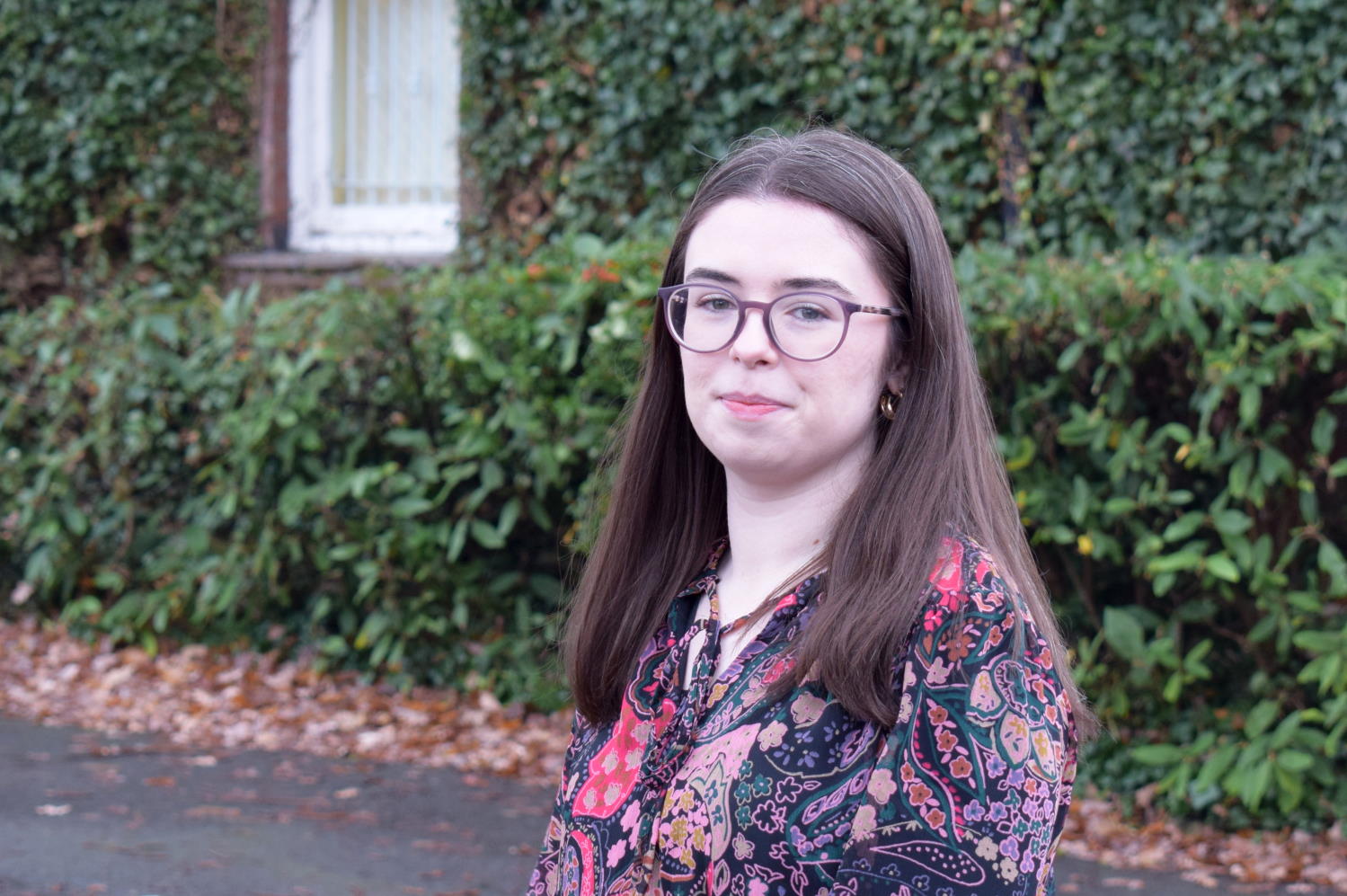A brochure translation checklist

Brochure translation is one of the most common projects we are asked to complete. Translating a brochure for publication, physically or digitally, involves quite an amount of planning and consideration.
To help guide you through the process we’ve come up with a brochure translation checklist of points for you to consider to help the production run smoothly.
1) Which language or languages are you looking to translate your brochure into?
If you want to translate the file into a right-to-left reading language (RTL), like Arabic, then consider how your brochure might look when flipped so that the binding is on the right.
We tend to avoid flipping images so that they match the English (a good example of this are images with people’s faces), and just move them across the page to the correct positioning for RTL reading, however in some cases flipping the images is required for the understanding of the reader.
Do you have adequate blank space within the file? Many languages expand when they are translated (for example, a German translation can expand by 35% compared to the English). Therefore the translated text will require more room than the original English. If your brochure is quite compact and full of information then we may need to reduce the point size/leading/auto-leading so that the translated text fits.
2) How is your brochure design file set up?
Are you looking to receive a monolingual, translated file, or would you like the file to be set up bilingually or multilingually? If you would like the English to remain in the file, in addition to the translations, would you like the text to be all together, or would you like an English section in full, and then the translated sections in full on the following pages?
If you would like all of the English and translations together on the same pages, then do you have adequate blank space to fit in the additional languages? If the file is already at capacity with the English, then it will require more formatting time to rearrange the English so that the translations can fit within the space.
Are background images or shapes adjustable and moveable?
For example if you have a coloured box behind your text, is the box resizable so that we are able to adjust the sizing to match the translated text (understanding that the translations can expand/reduce when compared to the original English)?
When using images as bullet points, are they set up as bullet points, or are they placed images that are not connected to the text? Will they move in line with the new translated text, or will they need to be moved manually?
Does your file contain hyperlinks to other files/websites? Do you already have translated versions of those files/websites? We can then amend the hyperlinks so that they link to the translated versions, and your reader can access the information in their language directly.
Do you use proprietary fonts within your file? Are you able to share these fonts with us so that we can ensure the translations also use them?
Your font may not support some languages (for example Simplified Chinese characters). As a result we will need to use a font that supports these characters, and that has a similar amount of weights to the original font so that we’re able to retain the same look of the original.
3) Do you have access to the original, packaged artwork?
When translating a PDF brochure it is best to have access to the original file format (usually the InDesign file), this allows us to translate and format the file in its original state, so that we can better match it to the English original.
Adobe InDesign is a great tool for the creation of text heavy brochures.
Here at Andiamo! we also use the Middle Eastern version of InDesign so we’re able to utilise specific attributes to ensure that the text reads correctly, and that the document itself is set up for a RTL reader (Hebrew/Arabic/Urdu etc).
4) Does your file contain links to other programs, within which there is text for translation?
Does your InDesign file contain links that were created in Illustrator, for example? If these links contain text that will need to be translated, for the understanding of the reader, then we will require access to these links so that we are able to edit them within Illustrator, relinking them within the InDesign file.
5) What would you like us to deliver at the end of the project?
Do you have specific requirements regarding the PDF export (for example, which printer’s marks do you require – if any)?
Do you have requirements regarding the set-up of the PDF, for example if the file contains bookmarks and these need to be visible when the reader opens the PDF? Knowing these requirements at the start of the project is really handy so that we can ensure you receive exactly what you are expecting.
As you can see brochure translations can be quite complex projects. If you are unsure on any points in our checklist, or have questions, our team of project managers will be more than happy to answer any questions you might have.







